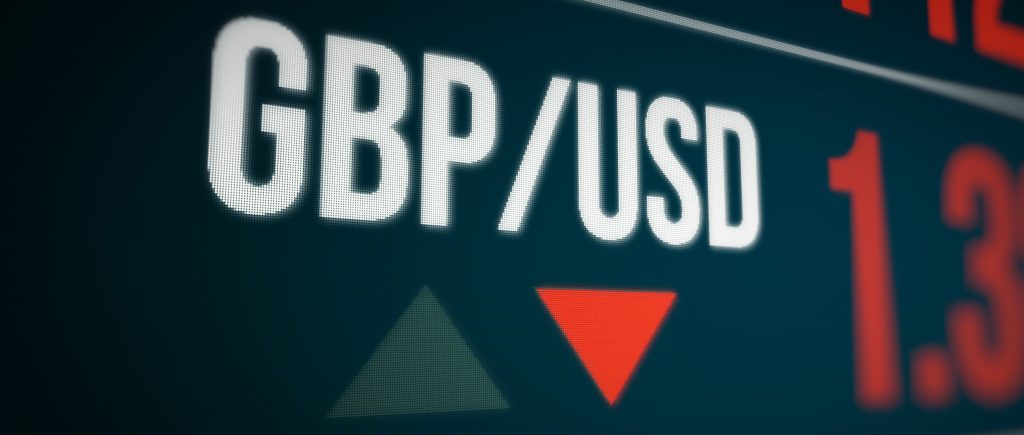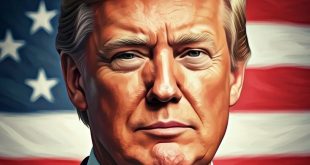Even while US inflation is still twice what the Fed wants it to be, it is steadily weakening. Ahead of the Fed and BoE’s monetary policy decisions next week, the GBP/USD pair is moving sideways.
The possibility of minor rate hike by the US Federal Reserve increased as a result of US inflation data. As a result, the GBP/USD is currently trading at 1.2372, down 0.27% from its initial price.
In a bumpy trading session, the GBP/USD pair lost two days’ worth of gains and fell below Thursday’s finish of 1.2406, falling near 1.2370.
US core PCE declines and supports Fed’s slower rate increases. US stocks started to fluctuate. The Core PCE for December increased, the Fed’s favoured inflation indicator.
The GBP/USD pair snaps two days of gains and tumbled below Thursday’s close of 1.2406, slumping toward 1.2370, amidst a choppy trading session.
US core PCE presses lower and justifies Fed’s lower rate hikes. US equities turned mixed. The Fed’s preferred gauge for inflation, the Core PCE for December, climbed 4.4% YoY, lower than November’s 4.7%, cementing the Fed’s cause of lower the size of subsequent interest rate increases, throughout the remainder of the year. Headline inflation rose by 5% YoY, well above the Fed’s target of 2%.
Even though data showed that inflation is cooling down, the US GDP for Q4 released on Thursday could exacerbate officials from slowing the pace of rate increases.
The Consumer Sentiment Index run by the University of Michigan increased by 64.9 points in its final survey for January, exceeding forecasts of 64.6 points. The survey by the University of Michigan revealed that inflation forecasts had been revised, with estimates for one year rising to 3.9% and for five years rising to 2.9% from the initial 3.0%.
On the UK front; economic activity fell at its fastest pace in two years in January, as reported by a survey on Tuesday. BoE is expected to raise rates by 50 bps on February 2, lifting the Bank Rate to 4%. Even though that would bolster the Pound Sterling, speculations grew that it could probably be the last hike in the BoE’s tightening cycle.
Before central bank decisions next week, price activity would stay sideways after the GBP/USD failed to rise beyond its weekly range. Since the Relative Strength Index (RSI) is shooting down, but in bearish territory, oscillators signal that buying pressure is cooling. As a result, the GBP/USD trading range for the coming Monday through Wednesday before the Fed meeting would likely be 1.2340/1.2430. Volatility levels are portrayed as mostly unaltered by the Rate of Change (RoC).
If the GBP/USD breaks above 1.2430, that could pave the way towards 1.2500, but firstly bulls need to clear 1.2450. On the flip side, a fall of the GBP/USD beneath 1.2340 could put the 1.2300 figure into play. Break below, and the pair might test the 20-day Exponential Moving Average (EMA) at 1.2267.

 Noor Trends News, Technical Analysis, Educational Tools and Recommendations
Noor Trends News, Technical Analysis, Educational Tools and Recommendations




